More than 600 of Scotland’s most charming places to live have been designated as conservation areas by local planning authorities, with the aim of preserving and enhancing their special architectural or historic characteristics for future generations.
Conservation areas can include a wide spectrum of features which give them that special status, from historic battlefields to public parks, and often encompass a group of buildings or an entire village.
It’s perhaps no surprise then that houses within these conservation areas tend to sell for a premium. However, if you’re moving to a conservation area and intend to carry out work on your new property, you should be aware that planning permission may be more of a concern than in other locations. Indeed, consent will only be granted if you’re able to demonstrate that the character or appearance of the area will not be harmed by your plans or that it may actually be positively enhanced through good design.
Your local planning authority will be able to advise you on any approvals that are required, such as planning consent, listed building consent and conservation area consent. This may not only apply to large-scale renovation and development work; planning guidance may even apply for relatively modest changes such as replacing doors and windows or erecting a satellite antennae. Equally, trees and other landscape features, such as designed gardens, are likely to all be protected.
It’s worth bearing in mind that funding towards the repair and maintenance of listed buildings within a conservation area may be available through through Historic Environment Scotland grant schemes. Any planning proposals should comply with the Conservation Area Character Appraisal specific to that area, which are guidance documents highlighting the special needs and characteristics of the area.
While it’s not always straightforward to find a comprehensive list of conservation areas, your estate agent will know where they are within the locations they are selling property in, and you will be able to find a full list on the relevant local planning authority website.
Buyers and sellers of property in conservation areas are generally content to overlook any potential planning considerations, placing greater value on the fact that the distinctive character and aesthetic appeal of these places are protected for years to come.
Here is a selection of properties Savills is selling in Scottish towns and cities that contain designated conservation areas:



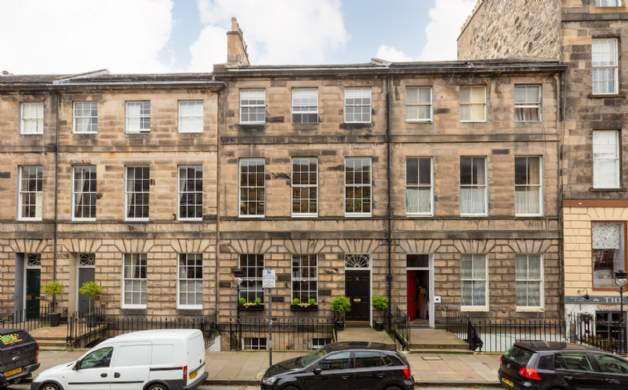
.jpg)
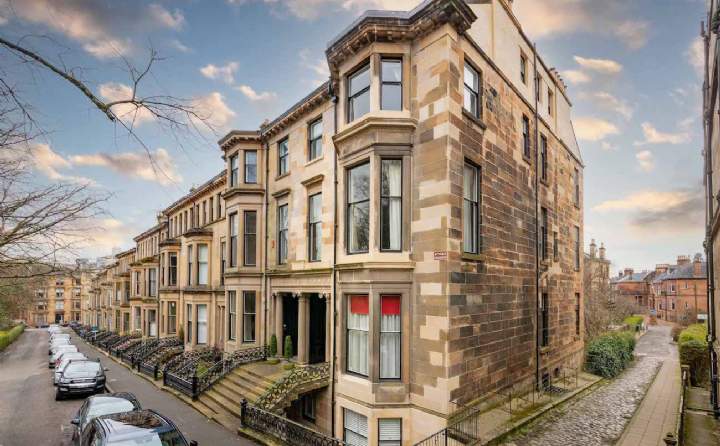

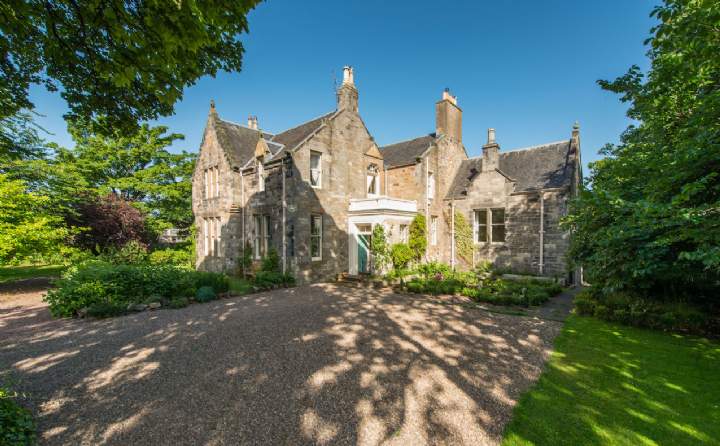

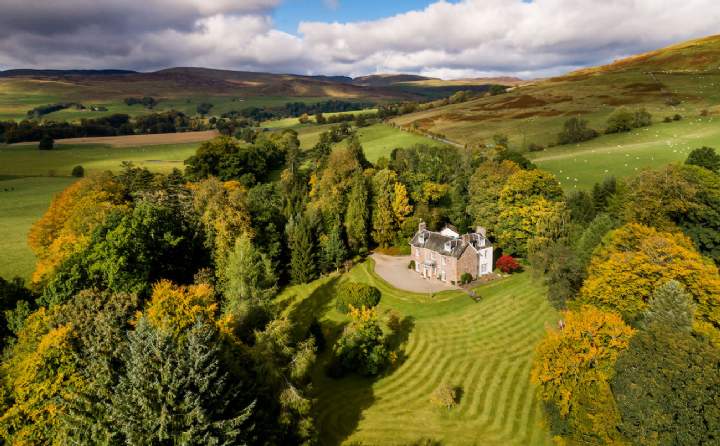
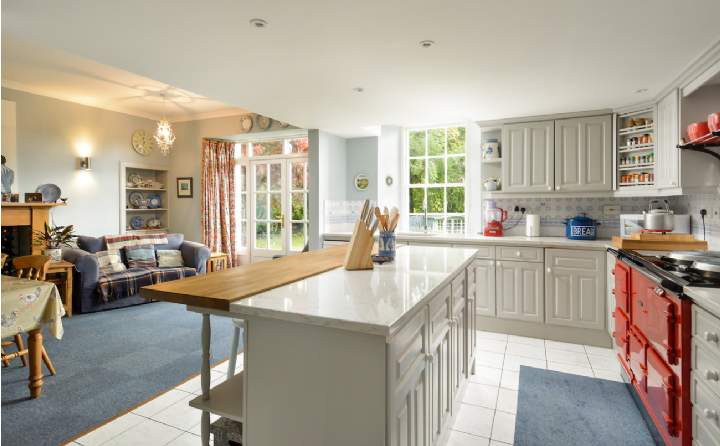


.jpg)
.jpg)
.jpg)
.jpg)
.jpg)
.jpg)
.jpg)
.jpg)
.jpg)
.png)